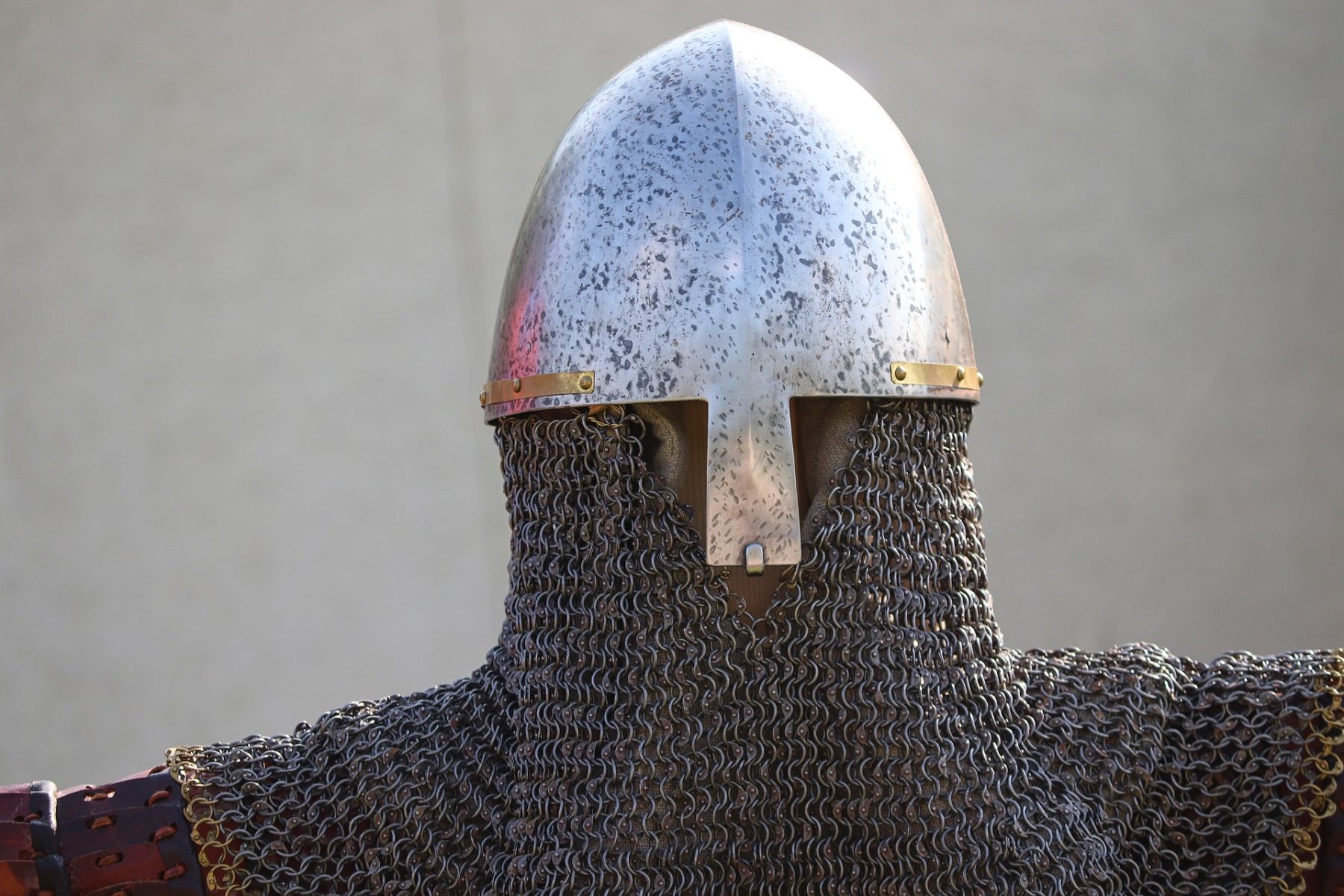An implantable cardio-verter defibrillator (ICD) can be a life-saving technology for those at risk of sudden cardiac arrest. However, it also requires some adjustments to protect the device from damage. We cover everything you need to know about safeguarding your ICD after implantation.
Why ICD Protection Matters
An ICD monitors your heart rhythm and delivers shocks when dangerous arrhythmias are detected. While ICDs are designed to withstand normal movement and activity, the area around the implant site needs extra protection while it heals. Any significant impact or pressure on the device can potentially damage it or shift its position. This can impair its ability to sense arrhythmias and deliver therapy.
Protecting the ICD after surgery reduces the risk of:
- Dislodging or fracturing the leads
- Puncturing the device casing
- Interfering with sensing and pacing functions
- Requiring additional surgery to reposition or replace the device
When to Use Protection Devices
Protection is especially important during the first few months after ICD implantation while the insertion site is healing. The incision and surrounding tissue will be tender and more vulnerable to damage.
Ongoing protection may also be warranted if the ICD is close to the surface of the skin. Patients who are underweight or have little fatty chest tissue have less natural padding over the device.
Any activity that applies pressure or impact to the chest area warrants protection, including:
- Wearing a seatbelt
- Carrying a backpack or bag
- Contact sports and martial arts
Types of ICD Protection Devices
There are various products designed to shield your ICD from blunt force trauma. The most common options include:
ICD Protective Pads
Soft foam pads cushion the device from impacts while allowing you to remain active. They are convenient, reusable, and affordable. They can be sourced from websites like Amazon, eBay and Etsy.
Wedge-shaped pads are ideal for dissipating seatbelt pressure away from the device and can be sourced from Amazon, Halfords or Pressure Products (US). Larger rectangular pads offer more coverage for sports and sleeping. Thin strips can be worn under or over clothing.
Protective Vests and Guards
Athletic vests like Vital Beat and PaceGuard use high-tech shock-absorbing materials. They are lightweight and breathable for all-day wear.
Hard shell protectors from companies like Forcefield Body Armour provide an extra layer of rigid armour over the device.
DIY Solutions
Improvised protection options include folded towels, foam wedges, and padded sports bras. A small cushion held in place under clothing can provide adequate shielding.
Work with your doctor to find the right solution based on your activities, risk factors, and budget. Never try to modify devices yourself or use damaged protectors.
Proper Usage and Care
Using ICD protection properly is key to preventing injury. Follow these best practices:
- Place directly over the implant site for maximum cushioning
- Check fit and adjust frequently, especially during exercise
- Avoid direct pressure over the device outline
- Inspect for damage and replace protectors as needed
- Remove during diagnostic imaging and medical procedures
- Check with doctor before using new medications (adhesives can interact)
- Wash reusable pads frequently to prevent skin irritation
With smart precautions, you can continue an active lifestyle without worrying about your ICD. Protective products provide an extra layer of safety and peace of mind. Be sure to monitor the implant site and contact your cardiologist regarding any new pain, swelling, or changes.
Leading Brands for ICD Protection
Reputable brands design protection devices specifically for ICD and pacemaker patients. They use durable, hypoallergenic materials that won’t interfere with the implant.
Here are some of top manufacturers to consider:
- Vital Beat – Specialising in pads and vests sized for both adults and children. Based in the Netherlands.
- PaceGuard – Makes the Doctor-designed PaceGuard Shield for superior impact absorption.
- ForceField Body Armour – Impact protection and high-performance clothing systems. Based in the UK
- Daiprox – Impact protection for implantable devices.
Speak to your cardiologist about personalising your protection plan to enable an active, confident recovery. Proper precautions allow your ICD to work effectively without fear of damage.

